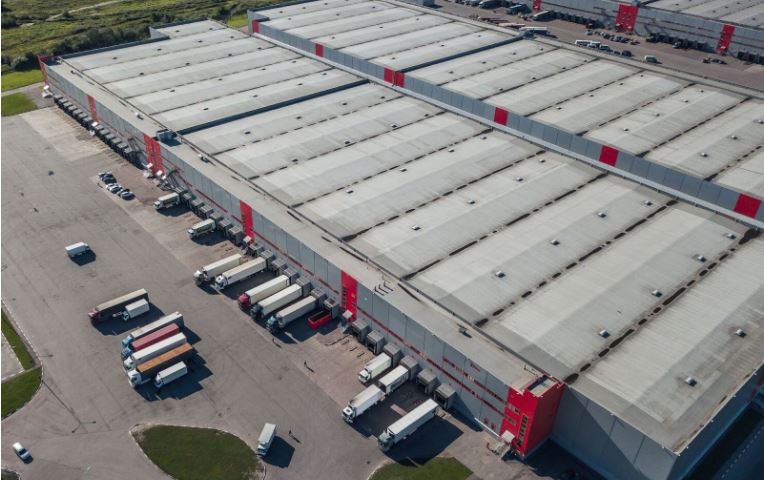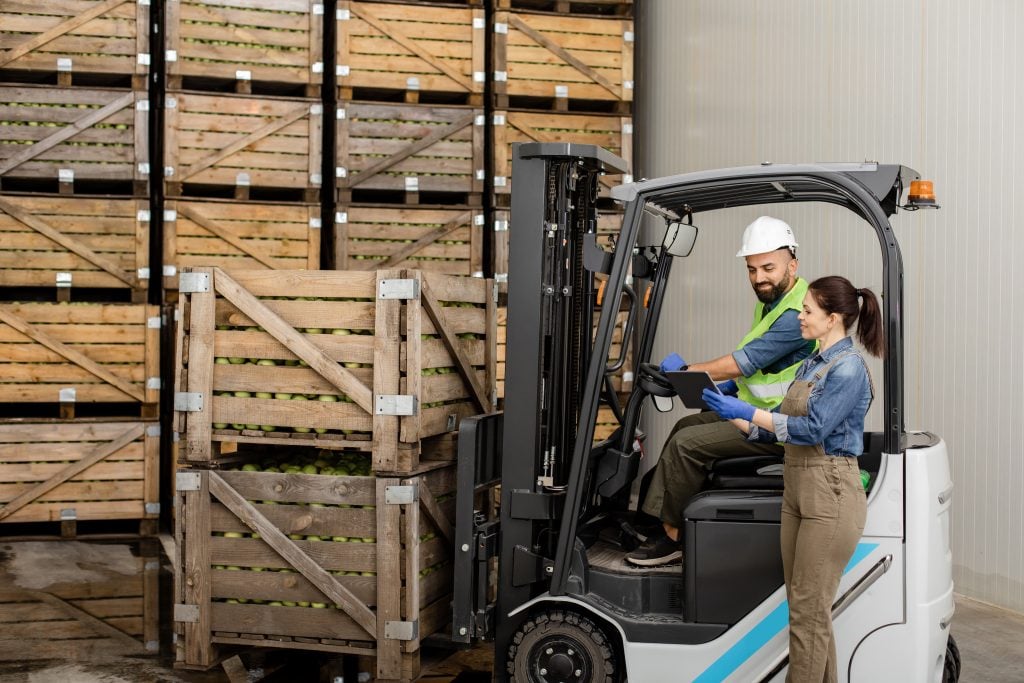The Impact of E-commerce on the Logistics Industry
In recent years, e-commerce has become a dominant force in the retail industry, transforming how consumers shop, and businesses sell their products. This shift in consumer behavior has profoundly impacted various sectors, with perhaps none more profoundly affected than the logistics industry. In this blog post, we’ll explore how e-commerce has reshaped logistics and discuss the implications of these changes.
Contents
E-commerce and the Logistics Landscape
E-commerce, which involves buying and selling goods online, has enjoyed remarkable growth, with a significant increase in online shoppers worldwide. E-commerce has become a popular way for many people to buy because of how convenient it is to do it from the comfort of their own home, as well as the wide selection of goods and affordable prices.
This seismic shift in consumer behavior has led to several advantages and challenges in transportation and logistics. Let’s reveal how e-commerce has changed the logistics landscape.
1. Last-Mile Delivery Demand
The last-mile delivery, the final leg of a product’s journey from a distribution center to the customer’s doorstep, has experienced a surge in demand. E-commerce customers have come to expect fast and reliable delivery options, which has required logistics companies to adapt to this new paradigm. The last mile is often the most expensive and logistically complex part of the supply chain, and its optimization is critical for e-commerce businesses.
To meet online shoppers’ expectations, logistics companies have had to develop efficient last-mile delivery networks. This often involves using a combination of transportation methods, including delivery vans, bicycles, scooters, and even drones in some cases. Additionally, smart route optimization and real-time tracking have become standard practices to ensure packages reach their destinations quickly and reliably.
2. Warehousing and Fulfillment Center Growth
E-commerce businesses require extensive warehousing and fulfillment centers to store and manage their inventory. Traditional retail stores typically maintain inventory on-site, but e-commerce companies often centralize their inventory in larger distribution centers to streamline operations and reduce costs.
This shift has led to a significant increase in the construction and operation of warehouses and fulfillment centers in strategic locations. These facilities have advanced technology to ensure efficient storage, retrieval, and order processing. Automation, such as automated sorting systems and robots, is often used to speed up order fulfillment and improve accuracy.
3. Advanced Inventory Management
E-commerce companies rely heavily on sophisticated inventory management systems to ensure real-time visibility of stock levels. Accurate inventory management is crucial to prevent stockouts or overstock situations, which can be costly for businesses.
Advanced software and hardware solutions track inventory, predict demand, and streamline reordering processes. This keeps customers satisfied by reducing the likelihood of unavailable products and helps businesses control costs by minimizing excess inventory.
4. Increased Automation
The logistics industry has seen a significant increase in the adoption of automation and robotics. E-commerce’s rapid growth and demand for efficient order processing have driven this transformation. Automation and robotics are utilized in various aspects of logistics, including order picking, packing, and sorting.
Automated conveyor systems, for instance, transport products within warehouses, increasing the speed and accuracy of order fulfillment. Robots are increasingly used to assist with tasks like moving goods within a warehouse and delivering items to human workers for packing.
These automation technologies enhance operational efficiency, help reduce labor costs, and minimize errors.
5. Integration of Data and Analytics
Data and analytics play a critical role in e-commerce logistics. Businesses must make informed decisions, optimize their supply chains, and accurately predict demand. As a result, integrating data and analytics into logistics operations has become more prominent.
Real-time data analytics tools provide insights into logistics, from inventory management to route optimization and demand forecasting. Machine learning and artificial intelligence analyze large datasets, enabling logistics companies to make data-driven decisions that optimize their operations and reduce costs.
6. Customer Expectations
E-commerce has significantly raised customer expectations when it comes to shipping and delivery. Online buyers now anticipate quick and dependable delivery alternatives. The need for logistics companies to execute these claims has increased dramatically with the introduction of services like Amazon Prime, which guarantees two-day or even same-day delivery.
Logistics companies have invested heavily in improving their delivery processes to cater to these demands. This includes expedited shipping options, real-time package tracking, and convenient return processes. Meeting and exceeding these customer expectations is crucial for e-commerce businesses to maintain customer loyalty and satisfaction.
7. Reverse Logistics
E-commerce has brought about a higher rate of product returns than traditional retail. The convenience of online shopping often results in customers buying multiple sizes or variants of a product and returning those that do not meet their expectations. This has necessitated the development of efficient reverse logistics processes.
Reverse logistics involves handling returns, exchanges, and refunds efficiently. Properly managing returned products, whether they can be resold as new or refurbished or if they need to be disposed of, is a critical aspect of e-commerce logistics. Companies have developed specialized procedures and systems to manage returns, minimize losses, and maintain customer trust.
8. Sustainability Concerns
The environmental impact of e-commerce logistics is a growing concern. The increased number of delivery vehicles on the road and packaging waste have raised sustainability issues. Many logistics companies are taking steps to mitigate their impact on the environment. Sustainable practices in e-commerce logistics include:
- Using electric or hybrid delivery vehicles.
- Route optimization to reduce fuel consumption.
- Implementing eco-friendly packaging materials.
Sustainability aligns with many consumers’ values and helps companies reduce operational costs in the long run.
9. Competition and Innovation
The competitive nature of the e-commerce industry has spurred innovation in the logistics sector. To remain competitive, logistics companies must continually seek ways to improve efficiency, reduce costs, and offer faster delivery times.
Logistics innovations include using artificial intelligence and machine learning to optimize delivery routes, drones, and autonomous vehicles and integrating Internet of Things (IoT) devices for real-time tracking. These advancements enhance the customer experience and help logistics companies remain competitive in an ever-evolving landscape.
10. Global Expansion
E-commerce has made it easier for businesses to expand their reach globally. While this provides new opportunities, it also poses challenges for logistics companies. Global expansion requires navigating international shipping, customs regulations, and varying consumer expectations.
Logistics companies have had to adapt to support cross-border e-commerce by developing the necessary infrastructure and expertise to move goods efficiently across borders. This includes addressing issues related to customs documentation, import/export restrictions, and international shipping methods.
11. Workforce Challenges
The growth of e-commerce has created job opportunities in the logistics sector, from warehouse workers and delivery drivers to supply chain analysts. However, it has also brought challenges related to workforce management.
Recruiting and retaining skilled workers for warehouse and delivery roles can be challenging, especially during peak shopping seasons when demand for labor surges. Companies have had to focus on employee training and retention strategies to maintain a reliable and skilled workforce.
Wrapping Up
E-commerce has revolutionized how consumers shop, and this transformation has profoundly impacted the logistics industry. To fulfill the changing needs of online buyers and stay competitive in this fast-moving market, logistics companies will need to adapt and innovate as the e-commerce industry continues to develop and change.





